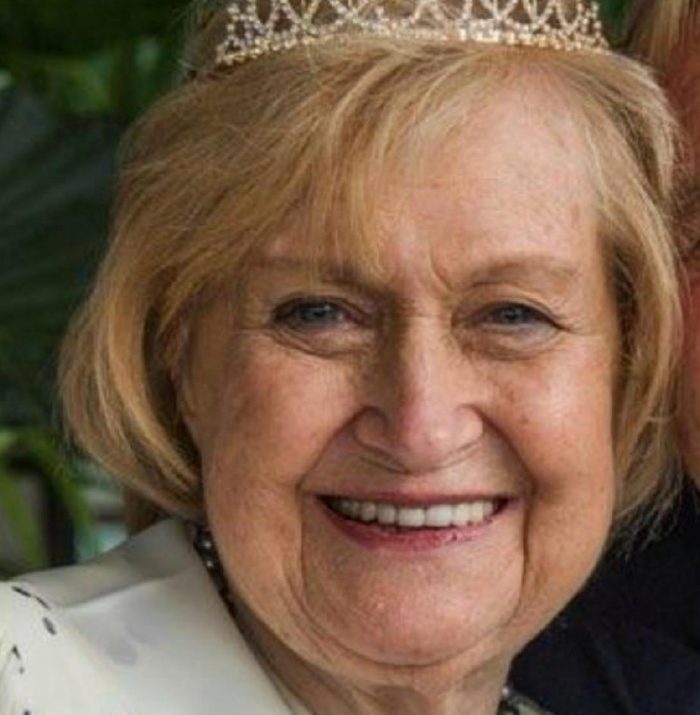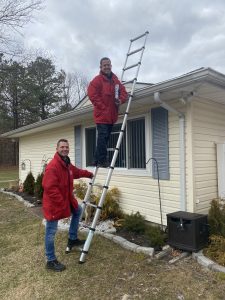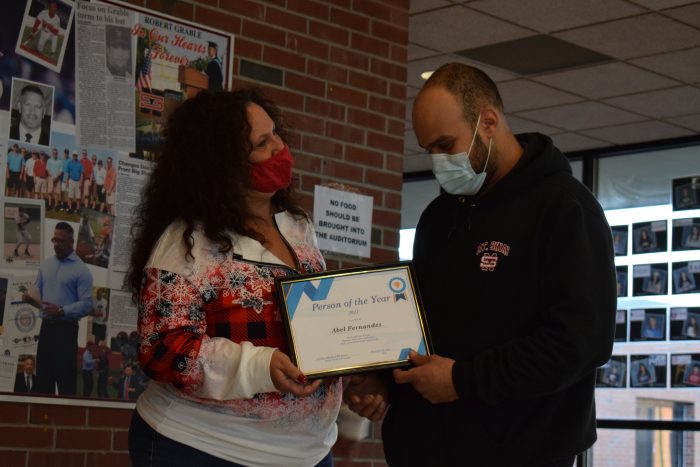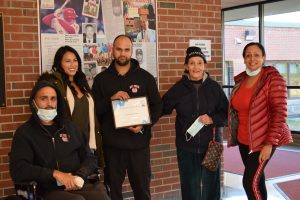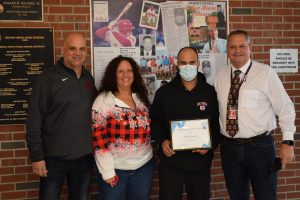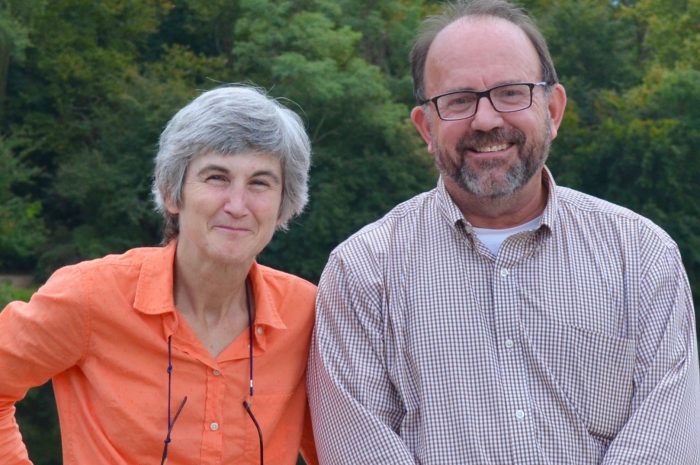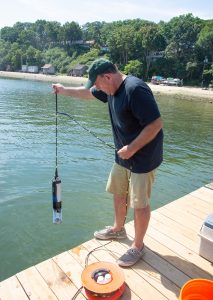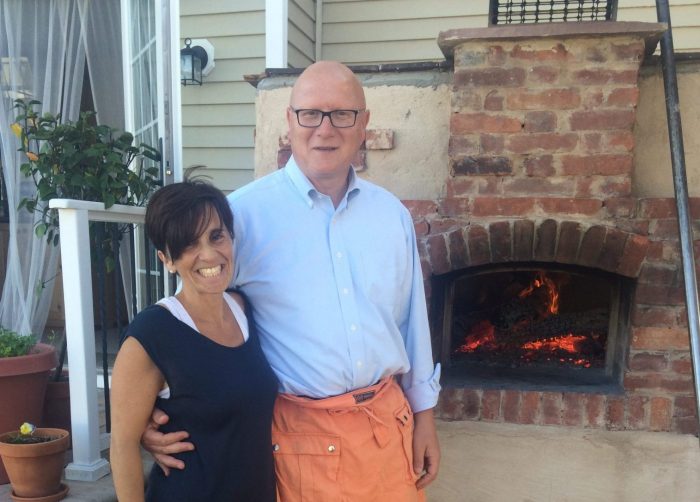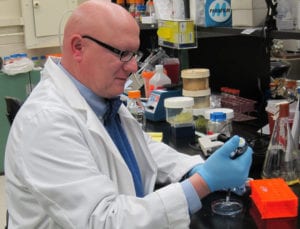Volunteerism runs in the blood of one St. James resident.
May Chasteen, 90, has always found time and energy to volunteer. Currently, she is the vice president of the Fairfield at St. James Civic Association.
The spot on the board is a volunteer position, and through the years, she has also served as its president and recording secretary, using the shorthand skills that she developed during one of her first jobs with American Express.
Dan Ryan, president of the civic association, said while members have had to lessen activities due to COVID-19, the board members’ responsibilities include providing information to the residents and giving them a voice. Before COVID-19, they would hold monthly meetings, send out newsletters and invite speakers to talk to the residents. Often, the monthly meetings will feature people in the medical and political fields.
Ryan described Chasteen as “a gem” who is always willing to help out, and due to her delightful personality is seen by many in the community as the “face of the organization.”
“She’s a terrific asset to the civic association,” he said. “I find probably her greatest asset to me is that she knows the workings of these organizations. She knows the legalities, so to speak. I really rely on her and depend on her.”
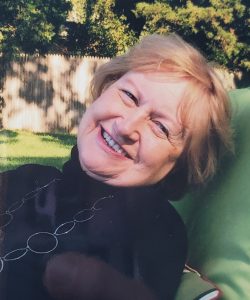
Someone who has witnessed Chasteen’s volunteerism through the decades and admires her work is her godson, Suffolk County Legislator Rob Trotta (R-Fort Salonga). He called her “a source of strength, wisdom and guidance” for her children and grandchildren. He said she is a role model who has always supported his career choices and puts other people first.
“She instilled her values and positive work ethic in her children, relatives and colleagues,” Trotta said.
Her daughter-in-law Mary Beth Chasteen agreed and said the St. James resident has always found time for others and enjoys keeping busy.
“She’s 90, and she still does a lot,” Mary Beth Chasteen said. “She’s in a bible study group; she’s in a Rummikub group; she plays canasta. You look at her calendar and she is booked more than me and my husband.”
Born and raised in Brooklyn’s Red Hook section, while working for American Express she attended Brooklyn College to study law and languages, including German, French and Russian, adding to the Spanish she already knew.
During this busy time, she was involved in her church where she met her husband Gerard. After the couple moved to Commack, the mother of four children still found time to volunteer with the Girls Scouts, Holy Cross church and the PTA. All this while driving her oldest daughter, Susie, to ice skating lessons early in the morning.
Chasteen also fundraised for the former St. John’s Hospital in Smithtown before it was built, and once it was open, volunteered as one of the “Pink Ladies.”
Her volunteer efforts led to her joining the management team at St. John’s in 1982 as director of volunteers, where she oversaw more than 400 volunteers and fundraised, creating an annual awards ceremony. Mary Beth Chasteen remembered one year her mother-in-law organized the highest ticket-selling fundraiser for the institution.
“She really did a lot of good for the community,” Mary Beth Chasteen said.
Juggling various responsibilities has never been much of a problem for her mother-in-law.
“When she’s given a challenge, she really meets it head on,” the daughter-in-law said. “She’s pretty amazing.”

